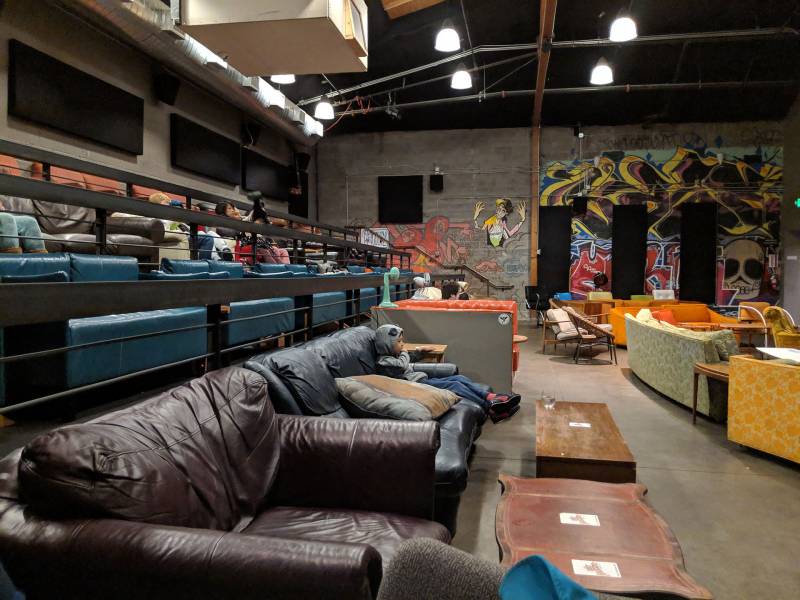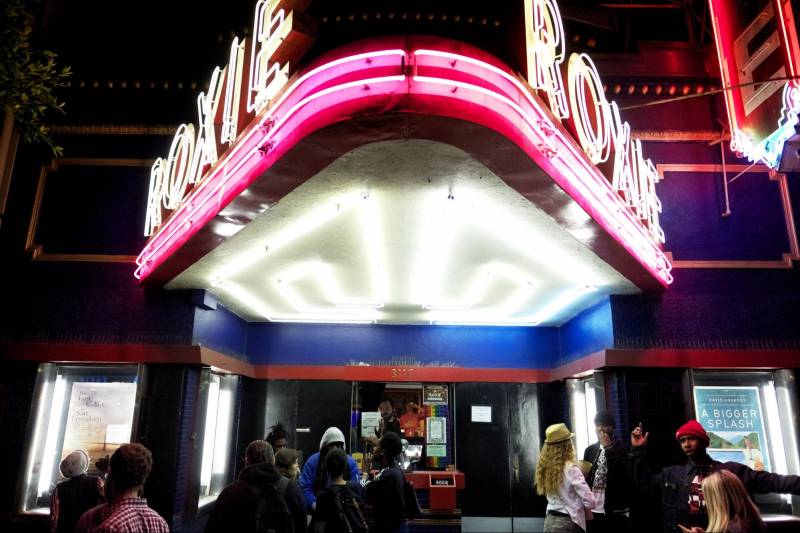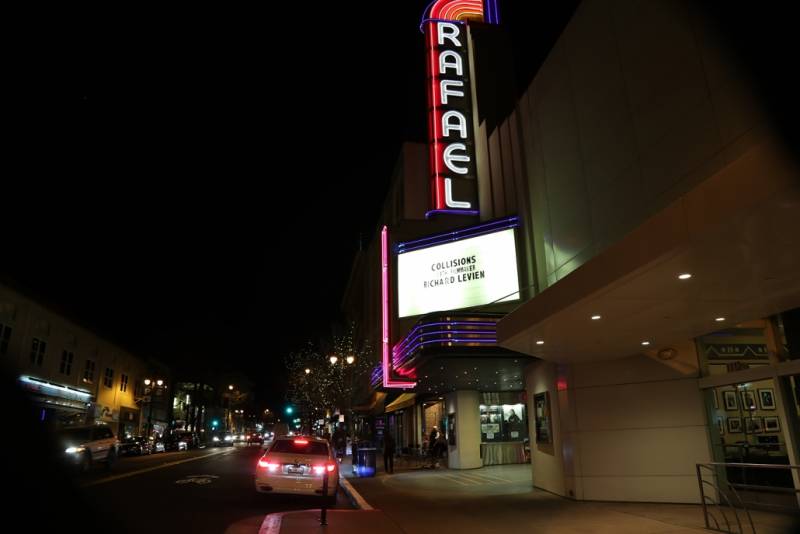On March 13 of last year, Lex Sloan had been planning for a sold-out weekend of movies at the Roxie when she decided to shut down. “Health and public safety encouraged us to close our doors early and to remain closed,” explains Sloan, the executive director of the historic indie movie theater in San Francisco’s Mission District.
Now, over a year later, large theater chains in the Bay Area like AMC and Regency have reopened their multiplexes while most indie theaters remain closed, a result of reduced resources combined with social-distancing protocols. Smaller cinemas have been forced to innovate to stay afloat, leaning on crowdfunding campaigns and private theater rentals. As for their reopening, Sloan has a simple prescription.
“San Franciscans and Bay Areans getting vaccinated,” she says. “That’s really the key.”
Indie Theaters Hit Harder
Until the pandemic fully recedes, indie theaters abide by the state’s CinemaSafe regulations, which mandate reduced capacity and social distancing in movie theaters. These rules make the indoor moviegoing experience safer—and, for many independent exhibitors, less profitable. Smaller venues with less seats, Zastrow explains, will have trouble reaching even 50% capacity while also maintaining six feet of distance between customers.
J Moses Caesar, general manager of the New Parkway in Oakland, concurs. “We had the opportunity to reopen in the fall,” Caesar says. “The numbers just did not pencil out for us, certainly at 25% [capacity] and probably not even at 50%.” Caesar admits the decision to reopen the New Parkway in September is partially based on the hope that, by then, it will be allowed to operate as a “non-socially distanced theater.”

Sloan estimates that the Roxie will also probably lose money when it reopens. “With limited concessions at reduced capacity,” she says, “it’s very unlikely we will be able to break even for the first couple of months that we’re open.”



